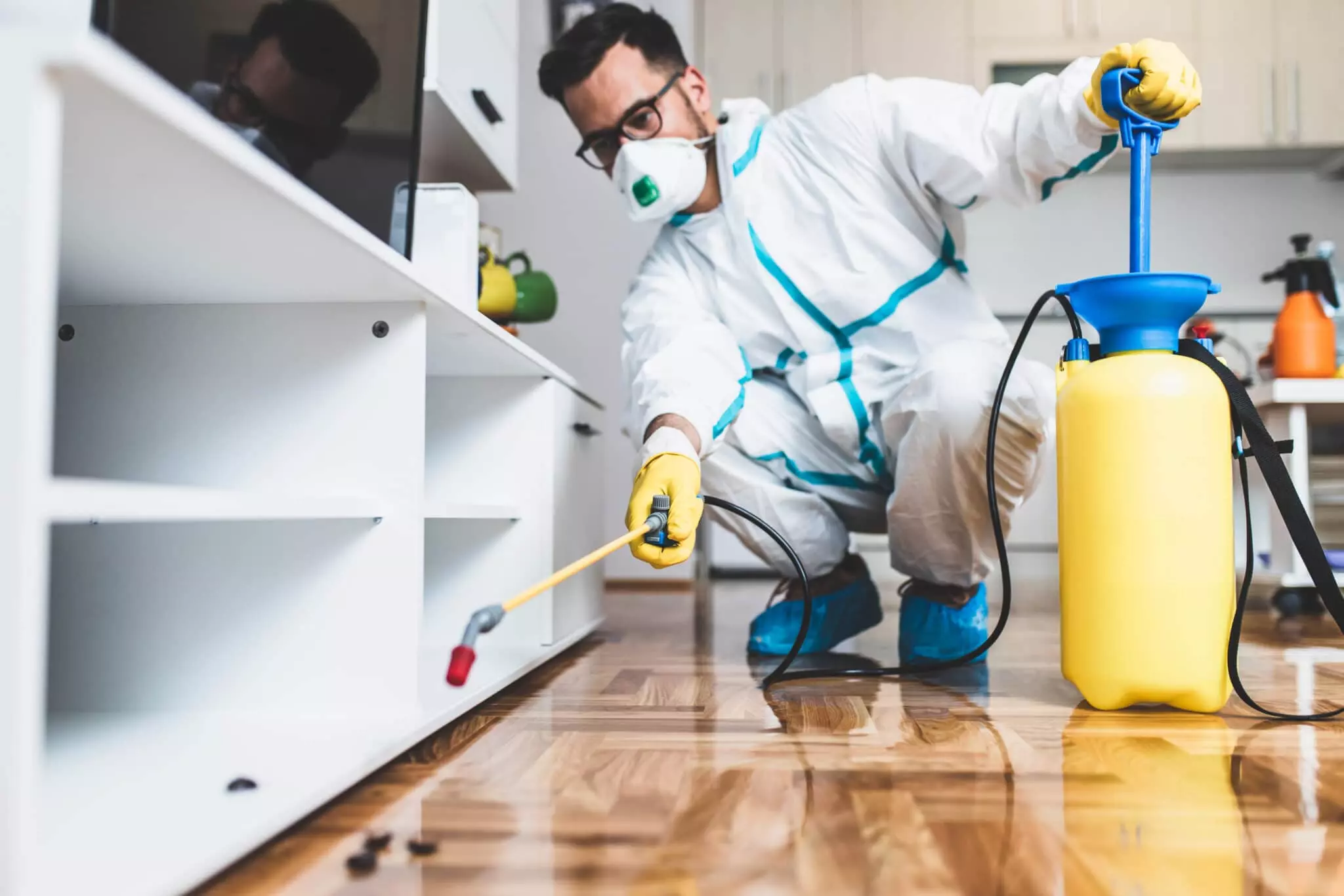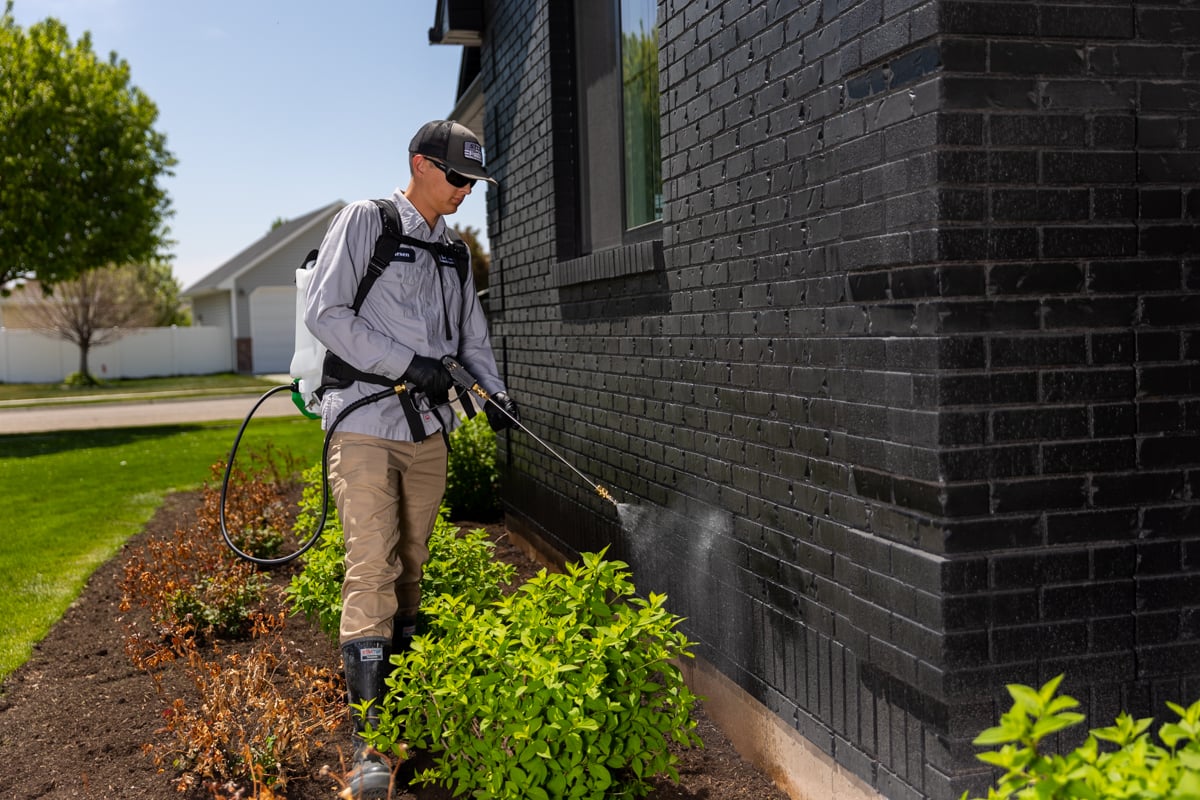Trusted A1 Bed Bug Exterminator Charlotte - Get Rid of Bed Bugs Fast
Trusted A1 Bed Bug Exterminator Charlotte - Get Rid of Bed Bugs Fast
Blog Article
Bed Pest Treatment Breakdown: Contrasting Chemical Vs. Non-Chemical Solutions
In the world of bug control, particularly when dealing with the consistent issue of bed pests, the option between chemical and non-chemical treatment remedies can be an essential one. Both techniques offer distinct advantages and downsides, influencing elements such as performance, safety considerations, and overall expense. By examining the nuanced information of each approach, a more clear understanding of which path to go after in resolving a bed bug problem can be attained.
Performance of Chemical Treatments
Chemical therapies for bed pest invasions have been widely acknowledged for their potent and fast effectiveness in getting rid of these insects. When taking into consideration the performance of chemical treatments, it is vital to recognize that they can provide a comprehensive and fast service to a bed pest issue.
Furthermore, chemical therapies have the benefit of providing residual effects, implying that they can proceed to eliminate bed pests also after the initial application. This recurring activity is specifically valuable in combating any kind of prospective re-infestations. In addition, the rapid activity of chemical therapies can bring relief to people facing extreme bed pest problems, enabling them to restore control of their space promptly.
Safety Worry About Chemical Solutions
When using chemical services for bed insect treatment is making certain the safety and security of passengers and the setting,One vital facet that needs mindful factor to consider. While chemical treatments can be efficient in removing bed bugs, they may present risks otherwise managed properly. Among the key security worry about chemical remedies is the potential harm they can trigger to human health. Direct exposure to certain chemicals made use of in bed pest treatments can lead to respiratory problems, skin irritation, or other unfavorable responses, specifically in individuals with pre-existing conditions or level of sensitivities. Additionally, inappropriate application or dose of chemical pesticides can cause hazardous deposits remaining in the cured location, positioning lasting wellness risks to owners.
In addition, the ecological impact of chemical solutions is one more substantial factor to consider. Some chemicals made use of in bed pest therapies might be unsafe to helpful insects, wildlife, and environments if they seep into the soil or water supply. It is necessary to utilize chemical treatments judiciously, complying with security standards, and taking into consideration less hazardous choices to minimize these threats and make certain the reliable and risk-free management of bed insect infestations.
Advantages of Non-Chemical Techniques
Thinking about the potential security issues and ecological impact connected with chemical solutions for bed pest therapy, checking out non-chemical strategies presents a promising alternative with several distinctive benefits. Non-chemical techniques provide a safer alternative for families, particularly those with youngsters, people, or pets delicate to harsh chemicals. These approaches get rid of the risks of exposure to hazardous substances, lowering the potential for negative health and wellness results. Furthermore, non-chemical treatments are environmentally pleasant, as they do not add to air or water air pollution, making them a lasting choice for insect control.
Additionally, non-chemical options can be effective in targeting bed insects, including hard-to-reach areas where chemical treatments read what he said might not pass through - A1 bed bug exterminator charlotte. Approaches such as warm therapy, vacuuming, steam cleaning, and mattress encasements offer extensive elimination without the usage of damaging chemicals.
Limitations of Non-Chemical Treatments

Furthermore, non-chemical therapies often require several applications to achieve successful eradication. This can be time-consuming and may not always assure complete removal of all bed pests and their eggs, particularly in hard-to-reach or hidden places.
Moreover, the success of non-chemical treatments greatly counts on proper execution and thoroughness, which can be challenging for people without expert knowledge. Insufficient application of non-chemical techniques might cause incomplete removal, causing consistent problems and the requirement for additional therapies.
Therefore, while non-chemical therapies have their advantages, it is important to acknowledge these limitations and consider them when determining the most reliable strategy for managing bed pest problems.
Cost Contrast: Chemical Vs. Non-Chemical Options
Given the limitations related to non-chemical treatments, a crucial facet to assess in the context of bed pest management is the price contrast between chemical and non-chemical choices. pest control bugs Chemical treatments generally entail the application of insecticides by specialists, which can range from $250 to $900 per space, depending on the intensity of the problem and the size of the location to be treated. In contrast, non-chemical therapies like warm treatment or steam can be a lot more pricey, with costs varying from $1,000 to $6,000 for an entire home. While the initial cost of chemical therapies might appear reduced, multiple therapies might be needed to totally eradicate the invasion, potentially increasing the overall cost. On the various other hand, non-chemical alternatives may supply a much more eco-friendly and sustainable option, although they can be cost-prohibitive for some people. Ultimately, when taking into consideration the expense of bed pest therapy options, it is essential to consider the upfront costs versus the performance and long-lasting sustainability of a fantastic read the selected technique.
Verdict

Considering the possible safety and security concerns and ecological effect connected with chemical options for bed bug therapy, discovering non-chemical methods presents an appealing alternative with several distinct advantages.Offered the constraints linked with non-chemical treatments, an important aspect to examine in the context of bed bug administration is the expense contrast between chemical and non-chemical choices. In contrast, non-chemical therapies like warmth therapy or heavy steam can be much more expensive, with prices ranging from $1,000 to $6,000 for an entire home. While the first cost of chemical therapies may seem reduced, numerous treatments might be called for to completely get rid of the infestation, potentially enhancing the general expense.In verdict, when contrasting chemical and non-chemical bed pest therapy choices, it is vital to consider performance, security, benefits, constraints, and cost.
Report this page